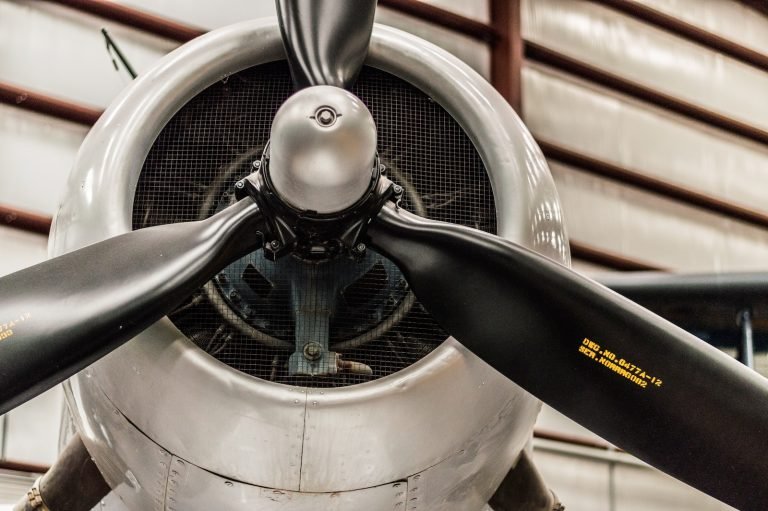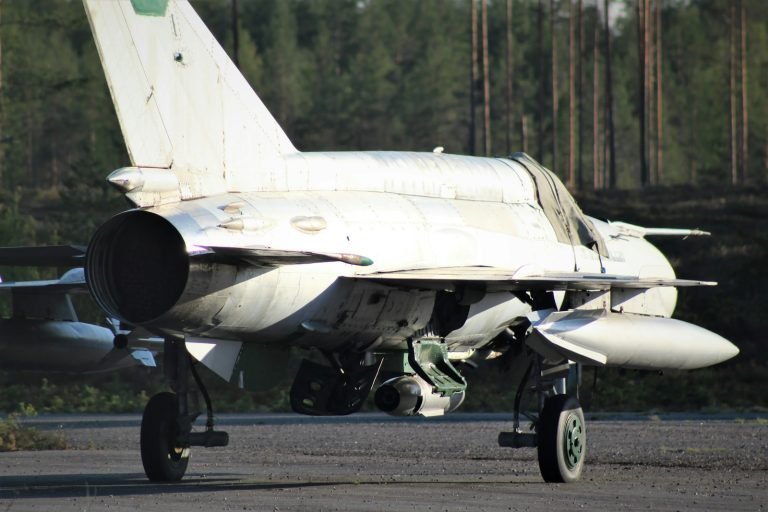Risk Management in Aviation: Strategies for Mitigating Repair Costs and Insurance Premiums
Risk Management in Aviation: Strategies for Mitigating Repair Costs and Insurance Premiums
I. Introduction
In the dynamic landscape of aviation, risk management plays a pivotal role in ensuring the safety and financial stability of operations. This article delves into the strategies employed by the aviation industry to mitigate repair costs and insurance premiums.
II. Understanding Aviation Risks
Aviation is fraught with various risks, ranging from mechanical failures to adverse weather conditions. Unraveling the impact of these risks on repair costs and insurance premiums is crucial for effective risk management.
III. Strategies for Identifying Risks
Conducting thorough risk assessments and learning from past incidents are fundamental steps in identifying potential risks that could escalate repair costs and insurance premiums.
IV. Proactive Maintenance Practices
Implementing regular inspections, maintenance checks, and investing in advanced monitoring technologies are proactive measures that can significantly reduce the likelihood of costly repairs.
V. Effective Communication within Aviation Teams
Clear communication and collaborative decision-making within aviation teams are vital components of successful risk mitigation strategies, directly influencing repair costs and insurance premiums.
VI. Insurance Coverage Options
Understanding the types of aviation insurance available and tailoring coverage to specific risks ensures comprehensive protection against potential financial losses.
VII. Negotiating Insurance Premiums
Building a strong safety record and partnering with reputable aviation insurers are strategies that can positively impact negotiations, resulting in more favorable insurance premiums.
VIII. Case Studies: Successful Risk Management
Real-world examples of effective risk management strategies provide valuable insights and lessons learned from industry leaders.
IX. Balancing Safety and Cost-Efficiency
Navigating the delicate balance between safety and cost-efficiency is a constant dilemma for aviation professionals, requiring a nuanced approach to risk management.
X. Regulatory Compliance in Aviation
Adhering to aviation safety regulations is not only a legal requirement but also a factor that influences insurance premiums, making it imperative for organizations to stay compliant.
XI. Training and Skill Development
Continuous training for aviation professionals and skill enhancement initiatives are essential for fostering a workforce equipped for effective risk management.
XII. Technology Trends in Aviation Risk Management
Advancements in AI, machine learning applications, and the integration of data analytics for predictive maintenance are shaping the future of aviation risk management.
XIII. Building a Risk-Aware Culture
Fostering a culture of safety and involving every stakeholder in risk mitigation efforts create a collective responsibility for maintaining a secure aviation environment.
XIV. Challenges in Aviation Risk Management
Addressing common challenges and finding sustainable solutions are critical for overcoming obstacles in the pursuit of effective risk management.
Risk Management Strategy in Aviation:
In the aviation industry, risk management is a crucial component aimed at identifying, assessing, and mitigating potential threats to ensure safe and efficient operations. The strategy involves a systematic approach to identifying hazards, evaluating risks, and implementing measures to minimize or eliminate them. Key elements of a risk management strategy in aviation include:
- Risk Identification:
- Regularly identifying potential risks and hazards within all facets of aviation operations, including flight operations, maintenance, air traffic management, and ground handling.
- Risk Assessment:
- Evaluating the likelihood and severity of identified risks to prioritize them based on their potential impact on safety and operational efficiency.
- Risk Mitigation:
- Developing and implementing measures to reduce or eliminate identified risks. This may involve procedural changes, technological enhancements, or personnel training.
- Monitoring and Review:
- Continuously monitoring the effectiveness of risk mitigation measures and regularly reviewing the risk management strategy to ensure it remains relevant in the dynamic aviation environment.
- Communication:
- Establishing clear communication channels among all stakeholders to facilitate the exchange of safety-related information and promote a proactive approach to risk management.
- Regulatory Compliance:
- Ensuring adherence to aviation regulations and standards, which often include specific requirements for risk management procedures.
Best Ways to Mitigate Risk in Aviation:
- Comprehensive Training:
- Ensuring that all personnel, from pilots to ground crew, receive thorough and up-to-date training on safety protocols and emergency procedures.
- Advanced Technology:
- Incorporating advanced technologies such as collision avoidance systems, weather monitoring tools, and predictive maintenance to enhance safety and reduce operational risks.
- Crisis Management Planning:
- Developing comprehensive crisis management plans to address emergencies effectively, including communication strategies and coordination with relevant authorities.
- Regular Audits and Inspections:
- Conducting regular audits and inspections of equipment, facilities, and operational procedures to identify and rectify potential safety hazards.
- Collaboration and Reporting:
- Encouraging a culture of collaboration and open reporting, where all stakeholders feel comfortable reporting potential safety issues without fear of reprisal.
Example of Risk Management in Aviation:
Consider an airline implementing a risk management strategy to address the potential risk of bird strikes at a particular airport. The airline may:
- Conduct a risk assessment to determine the frequency and severity of bird strikes.
- Implement measures such as bird control programs, habitat management, and airport infrastructure changes.
- Regularly monitor bird activity and adjust risk mitigation measures as needed.
Principles of Risk Management in Aviation:
- Proactive Approach:
- Identifying and mitigating risks before they escalate is essential for maintaining a high level of safety in aviation.
- Systematic Process:
- Following a systematic and structured process for risk identification, assessment, and mitigation ensures thorough coverage and effectiveness.
- Continuous Improvement:
- Regularly reviewing and updating risk management strategies based on lessons learned, technological advancements, and changes in the operational environment.
- Integration with Operations:
- Ensuring that risk management is an integral part of day-to-day operations rather than a separate entity promotes a culture of safety.
- Clear Communication:
- Establishing effective communication channels for reporting and sharing safety-related information among all stakeholders is crucial for successful risk management.
XV. Conclusion
In conclusion, implementing robust risk management strategies is essential for mitigating repair costs and insurance premiums in the aviation industry. By embracing proactive measures, leveraging technology, and fostering a culture of safety, organizations can navigate the complexities of aviation risks successfully.
FAQs
- How does a strong safety record impact insurance negotiations?
- A strong safety record enhances an organization’s credibility, leading to more favorable terms in insurance negotiations.
- What are the key challenges in aviation risk management?
- Common challenges include technological advancements, regulatory compliance, and striking a balance between safety and cost-efficiency.
- Can AI and machine learning predict potential aviation risks?
- Yes, AI and machine learning applications can analyze data to predict potential risks, enabling proactive risk management.
- Why is effective communication crucial in aviation risk management?
- Clear communication ensures quick response to potential risks and facilitates collaborative decision-making for timely mitigation.
- How can aviation organizations foster a risk-aware culture?
- Fostering a risk-aware culture involves continuous training, active involvement of all stakeholders, and promoting a collective responsibility for safety.






